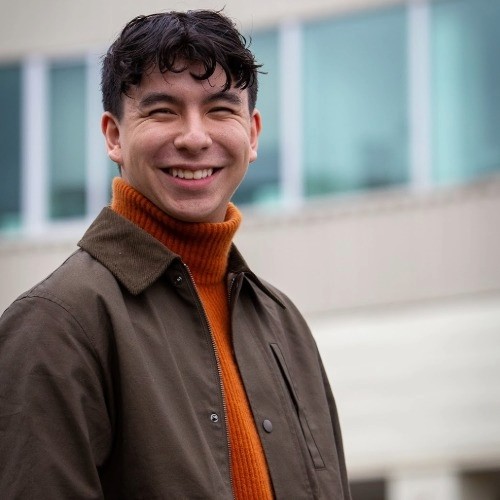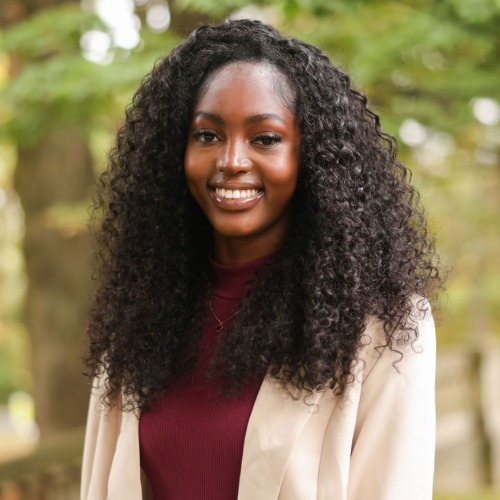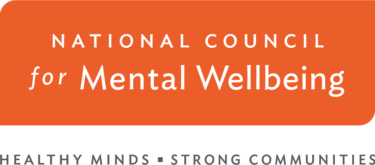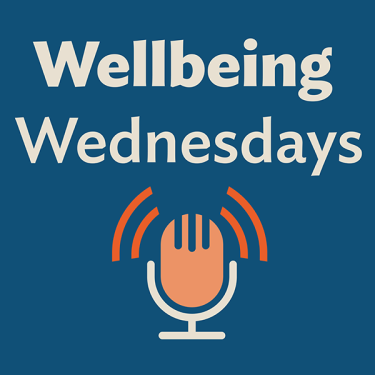Social media has become an integral part of how young people connect, learn and express themselves. Yet conversations about youth and social media often lack the voices of young people themselves. To remedy this, we spoke with three youth ambassadors from the American Academy of Pediatrics (AAP) Center of Excellence on Social Media and Youth Mental Health’s Youth Advisory Panel. Recently, they had the opportunity to present at national conferences where they shared their experiences and elevated youth perspectives on the complex role social media plays in mental health. These young leaders understand the challenges and opportunities that digital spaces present for their generation’s mental health and wellbeing.
Their perspectives offer valuable insights for mental health providers seeking to connect with young clients, parents trying to understand their teens’ online worlds and educators working to support students.

Q: What’s one thing you wish parents, educators or mental health providers better understood about how youth use social media today?
Mental health providers need to know that social media use is not necessarily negative for young people. Whether learning how to ride a skateboard or diving into the nuances of various graphic design techniques, I’ve seen firsthand that many teens use social media to achieve personal, self-fulfillment goals. And that’s only aspirational use — many of my peers use “scrolling” as means of emotional regulation. In my own life, social media was what I used to cope with personal grief. For youth who might not have a support system, this can provide temporary help that they would not otherwise have. None of this is to say that social media is without negatives; social media is very flawed, but approaches that disable social media access completely miss out on the inherent positives — including helping youth mental health. In that sense, we need to learn to minimize the negatives and do everything we can to maximize the positives. I like to see social media as an opportunity for opening up access to resources, like increased access to information about therapists and outreach for crisis helplines.
Q: How can parents and providers support young people without limiting their voice or creativity?
Language, even if unintentional, can often stifle the voices of young people who may have otherwise been willing to share about their experiences. When talking to youth about their experiences — particularly social media and mental health — instead of approaching the topic from a negative perspective (e.g., “You need to eat more” or “Use social media less”), parents and providers can simply ask questions to and approach the topic from a perspective of understanding (e.g., “Why do you think you aren’t eating?” or “What were you doing that made you stay up on social media?”). Change does not happen overnight, but simply reframing language is an imperative first step toward open conversation and honest communication. It’s the first step toward change.
Q: How did it feel to present about social media and mental health at the 2025 Training Institutes?
To work with mental health is to work with stories. For me, presenting at the Training Institutes was an opportunity not just to share my own stories, but to share from each tiny moment in which I’ve been able to read from the pages of my peers’ lives. Take the peer helpline I assist in leading: Behind every call is the life and actions of a young person not just seeking support, but seeking someone to hear their thoughts and feelings, and to give them the validation that “yes, your story does matter.” In that sense, speaking on how social media impacts youth mental health was a chance to share everything I’ve learned on my own, but also from my fellow youth. It felt viscerally real and completely rewarding to present.

Q: How does social media impact youth mental health today? Are there certain trends or behaviors you’ve seen that young people (and adults) should be more aware of?
Social media is a fact of life for most teenagers; it is simply the level of usage and dependency that varies between different individuals. Each youth’s relationship with social media is vastly different, and that plays into the fact that social media affects their mental health in different ways. Personally, I know many youth who have bad experiences with social media, but I am also starting to see many who are building positive relationships with it. Social media has the power to do as much good as it does bad, and using it to be a positive influence can be beneficial for any social media user, no matter how young or old they are.
Q: What advice would you give to young people about how to engage with social media in a healthy and empowering way?
Social media is a tool that you control. Building a healthy relationship with social media, for me, began with limiting my screen time and only watching or interacting with content that had a positive effect on me. A quick tip I like to use for limiting screen time is setting two screen time reminders, so I’m not mindlessly clicking past the first one.
Q: How did it feel to present about social media and mental health at the 2025 Training Institutes?
It was an absolutely divine experience that I felt so lucky to be a part of. Seeing all the amazing professionals who were willing to learn from youth was truly inspiring. I am so grateful that I was able to share my knowledge and learn from the experiences of my panelists and conference attendees. It was truly the experience of a lifetime.

Q: Why is it important to center youth voices in conversations about mental health and social media? How do you think adults can make it easier for youth to lead these conversations?
Centering youth voices in conversations about mental health and social media is essential, because young people are the experts on their own experiences. They offer unique insights into how digital platforms influence their emotional and psychological wellbeing. As a member of the Youth Advisory Panel for the American Academy of Pediatrics, I’ve witnessed firsthand how powerful it is when youth are given the opportunity to share their stories and shape the policies that directly affect them. There is always more to learn about navigating social media in healthy ways, and by truly listening to the kids of today, we can build a stronger foundation for the youth of tomorrow. Adults can support this by creating judgment-free spaces, listening actively and engaging youth as collaborators — not just participants — in meaningful dialogue and decision-making.
Q: How did it feel to present at NatCon25, a national conference, and have your voice heard by hundreds of providers?
Surreal. Presenting at NatCon25 was an empowering and unforgettable experience. I felt both nervous and deeply honored when I realized I would be addressing a standing-room-only audience of hundreds of mental health professionals. As a young person, it meant everything to have my voice not just heard, but genuinely valued by dedicated adults leading the charge in the field. Sharing my perspective reminded me how important youth input is in shaping the future of mental health care. The support I received afterward — from providers thanking me for my honesty and insight — affirmed that our stories matter. It wasn’t just about speaking; it was about being part of a larger movement to center youth in conversations that affect us most.
Learn more about the National Council’s work with youth.
Learn more about AAP’s Center of Excellence on Social Media and Youth Mental Health.



